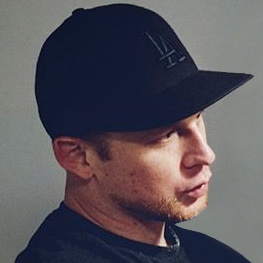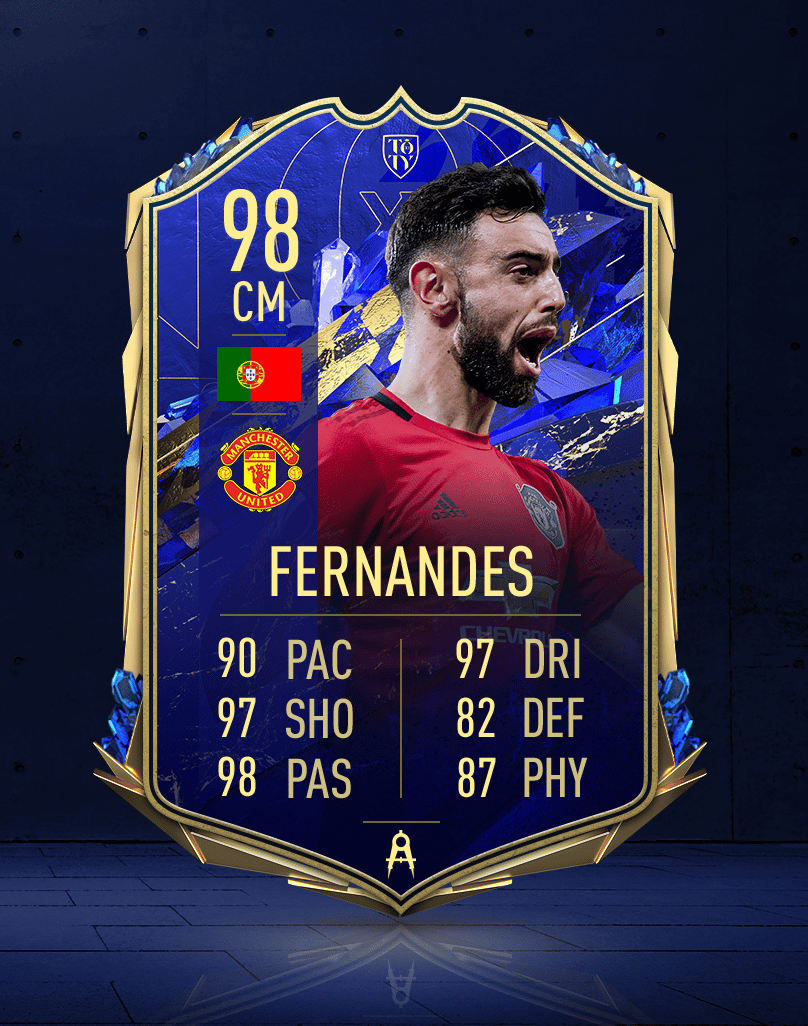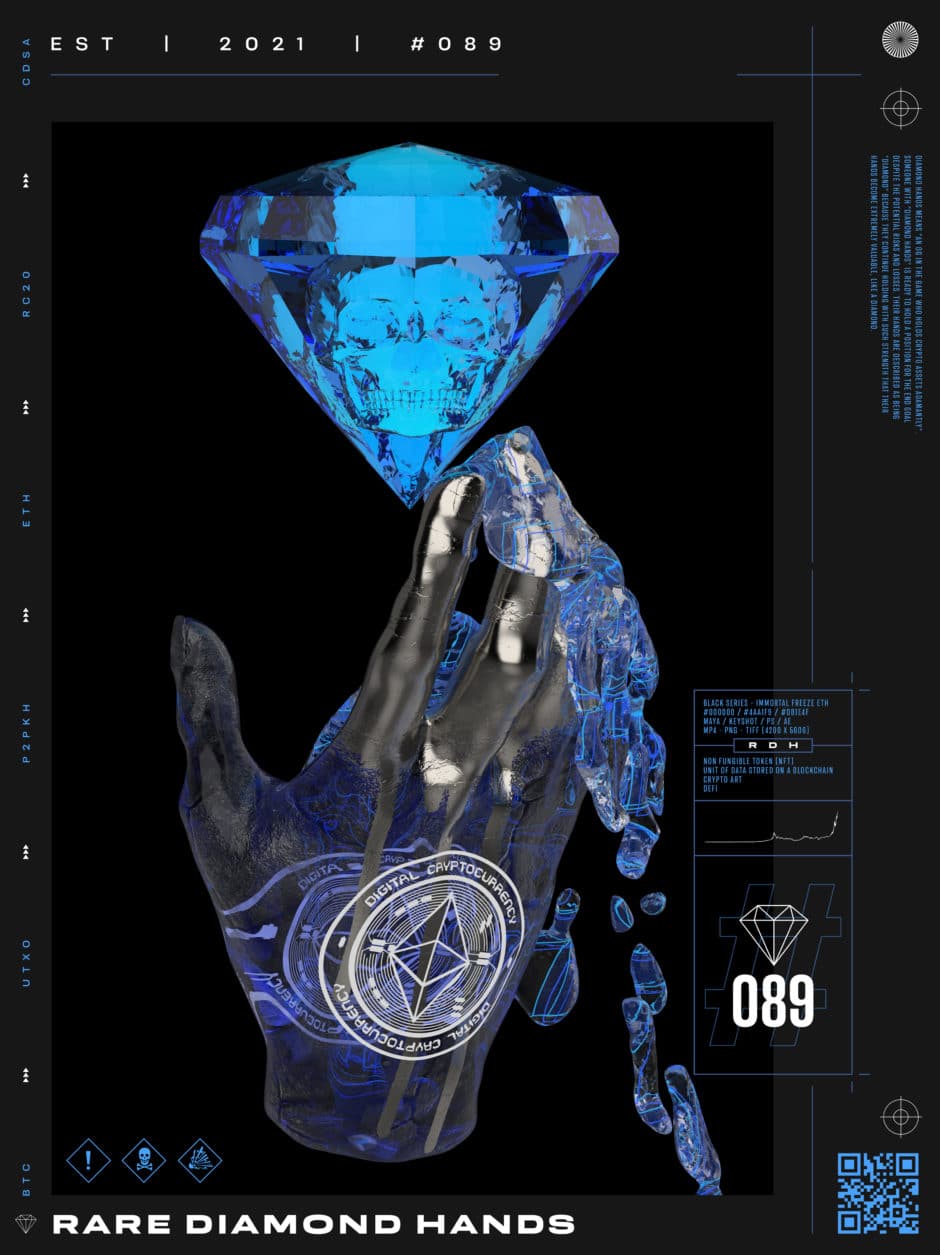KeyShot superfan Cam Taylor has an impressive resume: He’s currently the art director at Ioconic, is the co-founder and digital artist for Chiptos, and was previously a senior designer for Virtually Human Studios and EA Sports. Cam shares with us his journey from 2D to 3D design, how he got into creating NFTs, and his passion for art and KeyShot.

Cam Taylor
Portfolio | Instagram | LinkedIn | Twitter
Modeling software used: Maya
How did you get interested in design?
Even though I’ve been an artist since I was a child, I never considered design as a career until I was in my mid 20’s. Growing up I loved sketching, mixed-media art, and even wood carving with my grandfather. I then spent years immersed in hip-hop culture as a graffiti artist. I decided to pursue Design as a career somewhat randomly when I was working for a commercial painting company, working inside an art school. When I saw students creating graphics on the computer, it instantly clicked. This led me to enroll at the Art Institute of Vancouver for Graphic Design.
Fast-forward a few years post-graduation; after freelancing and working for a couple of companies as a junior designer, I got an opportunity at EA Sports working FIFA; a game that I’ve been playing since I was a kid. While I was initially hired as a UI and Graphic Designer, I needed to evolve and develop new skills in order to process. This is where I learned 3D.
In my spare time, I learned Maya, and eventually KeyShot. Gaining knowledge in 3D allowed me to incorporate new 3D workflows, improve quality, and get experience art directing other 3D artists. After leaving EA, I was able to take these skills and apply them in the Blockchain/NFT space.
When I became aware of NFTs and what the underlying technology can do, I know I wanted to immerse myself. From an artist’s perspective, it just made sense; the fact that blockchain technology offers transparent and provable ownership of digital assets. As many other artists can attest, this technology is a game-changer.
As I became more involved in the NFT community, I decided to create a couple of collections featuring my 3D art. KeyShot was a key component in the creation of all my NFTs. Without KeyShot, I wouldn’t have been able to deliver such quality and realistic visuals.

Share with us your approach to a product or design.
My approach to design is multi-faceted, but I like the saying ‘Think more, design less.’ This is important because it encourages collaboration and alignment on the problem before rushing into solutions. Once the problem is objectively measurable and clear, I like tapping into my subconscious for ideas and solutions.
This approach to design was evident in my NFT project, Chiptos. We defined our concept clearly before rushing into solutions. We knew we wanted to leverage what was currently trending in the NFT space, in terms of a crypto-punk inspired aesthetic. We also knew there needed to be a spin on it that resonated with the technology aspect and our backgrounds as founders of the project. Both of us loved tech and building PCs, therefore our two collections Chiptos and Chiptos X incorporate what is culturally relevant in the NFT space and high-quality 3D-rendered robots made from computer parts.
What are some of your favorite projects?
My favorite project to date was Chiptos X, an NFT project that features 14 different 3D-rendered robots made from computer parts. This project consisting of 7680 NFTs took 10 months to create. With the level of detail in each NFT, and differentiation across the collection, this is my proudest moment as an artist. Another favorite project while working at EA was designing the 3D items for FIFA Ultimate Team’s Team Of The Year. As the lead designer, I designed the items and partnered with dev and marketing teams to collaborate on a successful campaign that players loved worldwide.
For any designer or artist, I would say: always be learning. No matter where you are at, there’s always more to learn. Being open to new ideas and staying curious is the key. This also relates to finding mentors or other artists that inspire you. Surrounding yourself with people who push and inspire you, while staying hungry to always learn and grow is the key.
How does KeyShot help you in your day-to-day work?
I use KeyShot daily to create visual concepts, animations, and final renders. As someone who self-taught 3D, KeyShot’s ease of use hooked me instantly. I now find myself obsessed with getting the most out of KeyShot and trying new and advanced features.
What benefits can KeyShot provide design teams?
Having onboarded a team of 8 designers on FIFA Ultimate Team to KeyShot, I can say with confidence that KeyShot provides many benefits to teams. We identified a need to take 2D Photoshop item designs into a 3D workflow to improve visual quality. KeyShot’s ease of use allowed me to ramp up the team of non-3D designers easily. The result was higher quality and more desirable item designs.
What advice would you give to someone interested in doing what you do?
For any designer or artist, I would say: always be learning. No matter where you are at, there’s always more to learn. Being open to new ideas and staying curious is the key. This also relates to finding mentors or other artists that inspire you. Surrounding yourself with people who push and inspire you, while staying hungry to always learn and grow is the key.
“I like the saying ‘Think more, design less.’ This is important because it encourages collaboration and alignment on the problem before rushing into solutions.”






